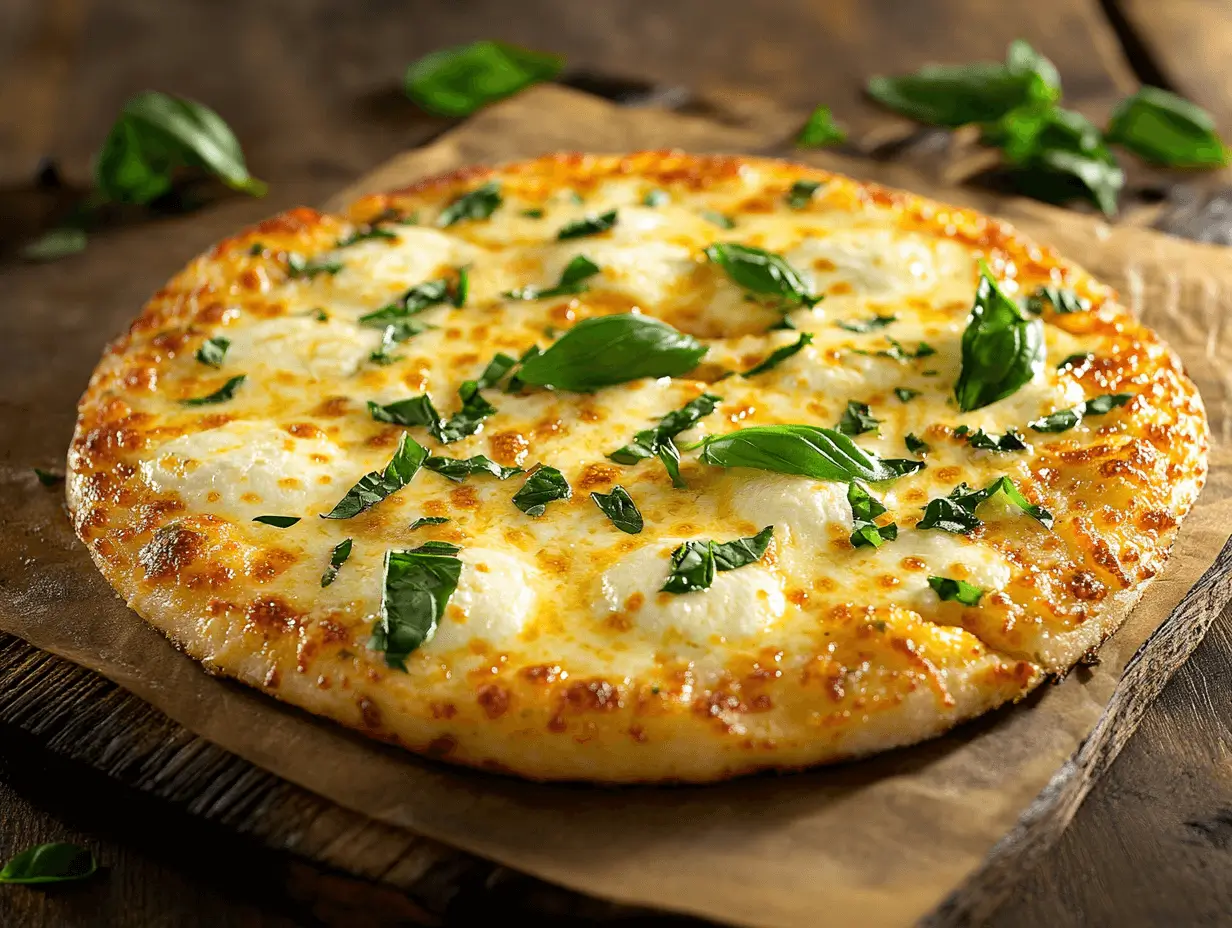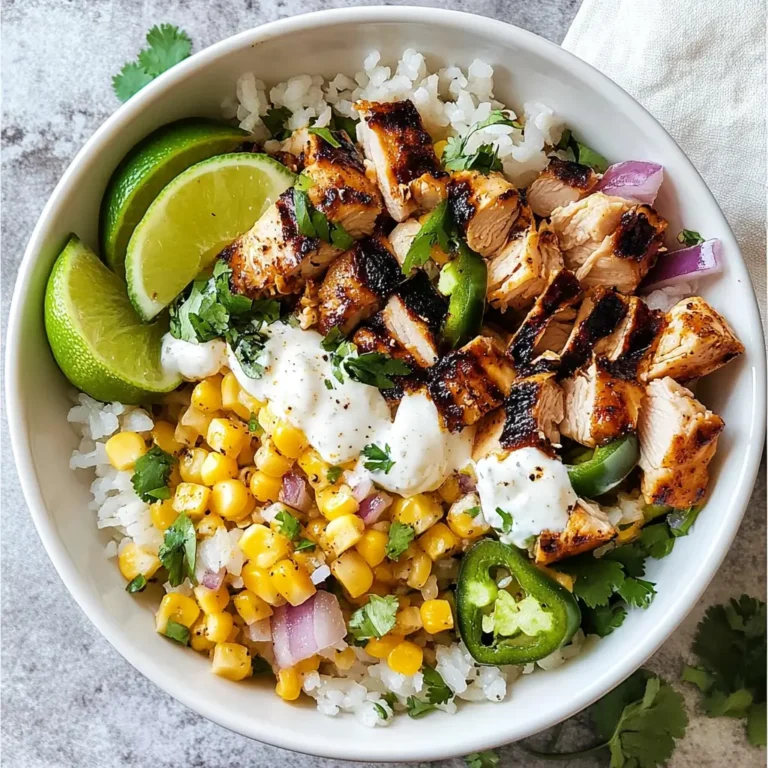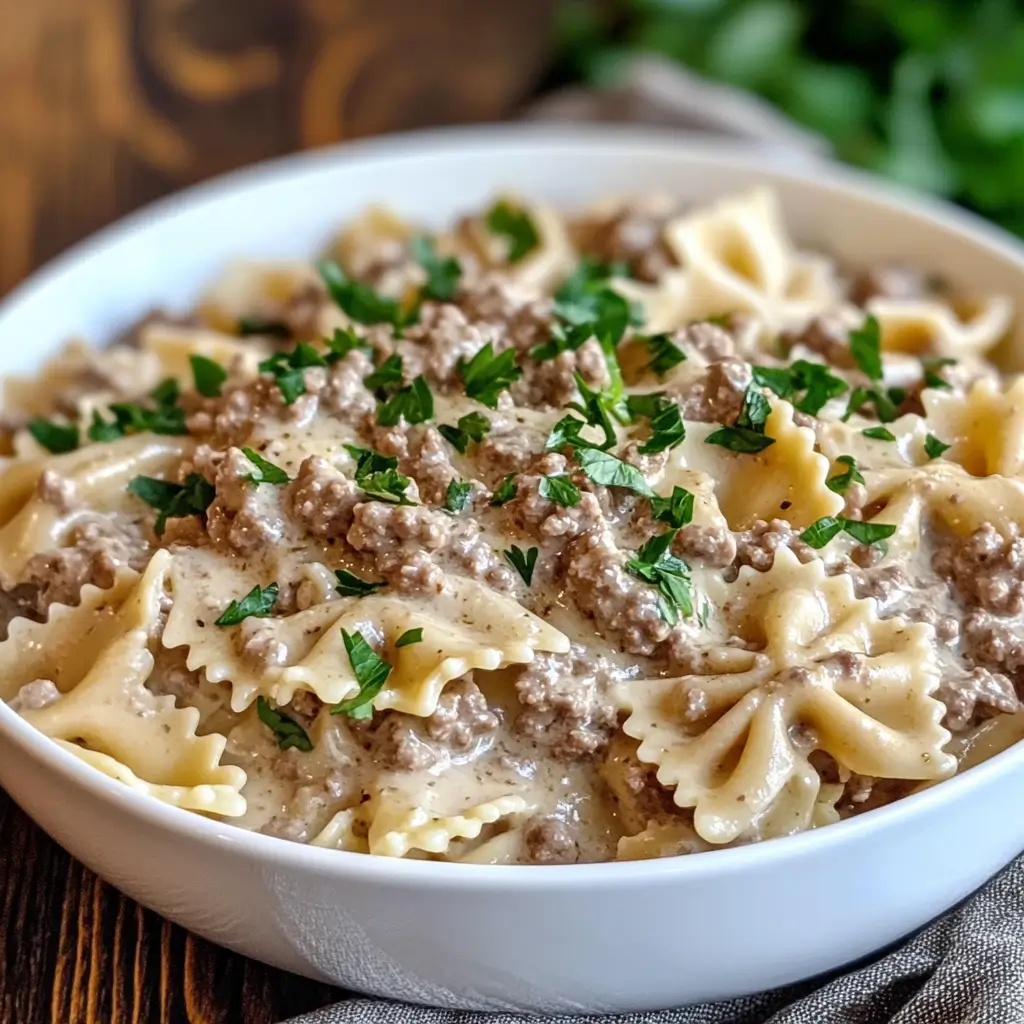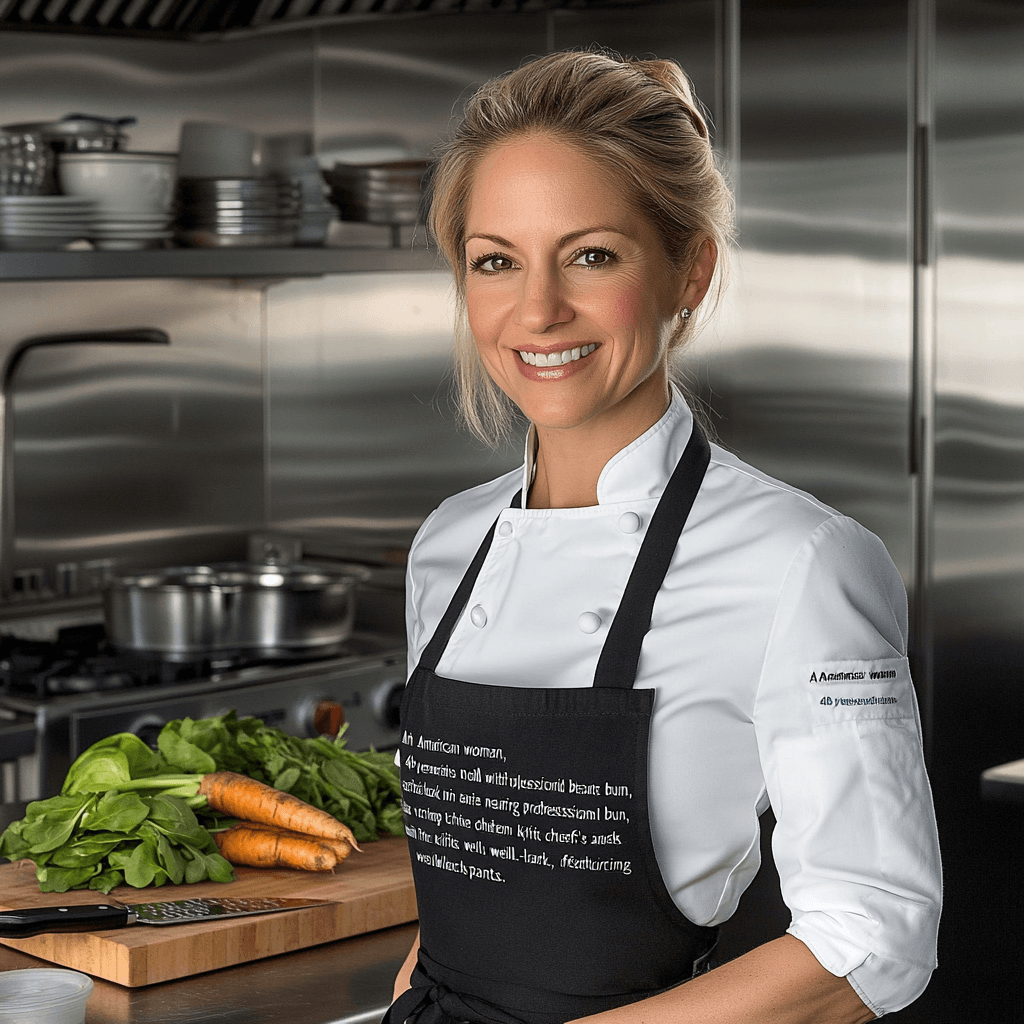Table of Contents
Mozzarella pizza is one of the most beloved and widely enjoyed dishes worldwide. With its rich, gooey cheese, flavorful tomato sauce, and crispy crust, it embodies everything people love about pizza. Whether you prefer a simple Margherita or a gourmet version with various toppings, mozzarella remains the star ingredient.
In this comprehensive guide, we will explore everything about mozzarella pizza—from the essential ingredients to step-by-step preparation and expert tips for achieving restaurant-quality results at home. Whether you’re a beginner or an experienced cook, this guide will help you master the art of making the perfect mozzarella pizza.
Essential Ingredients for Mozzarella Pizza
A great mozzarella pizza starts with high-quality ingredients. While pizza seems simple, the right selection of components can make a huge difference in taste and texture.
Best Types of Cheese to Use in Pizza
Not all mozzarella cheese is the same. There are several types, each with distinct characteristics:
- Fresh Mozzarella – Soft, moist, and slightly tangy, fresh mozzarella is often sold in brine. It melts beautifully but releases moisture, so it’s best for Neapolitan-style pizzas.
- Low-Moisture Mozzarella – This is drier than fresh mozzarella and is commonly used in American-style pizzas. It melts well and has a stronger, saltier flavor.
- Buffalo Mozzarella – Made from water buffalo milk, this variety has a creamier texture and a richer taste than cow’s milk mozzarella.
- Smoked Mozzarella – For those who love a hint of smokiness in their pizza, this variety adds a unique depth of flavor.
Using a blend of cheeses, such as combining mozzarella with Parmesan or provolone, can enhance the overall flavor and texture.
Step-by-Step Guide to Making Mozzarella Pizza
Making mozzarella pizza at home is a rewarding experience that allows you to customize flavors, control ingredient quality, and achieve a fresh, restaurant-style taste. Follow these steps to create the perfect mozzarella pizza from scratch.
How to Prepare the Perfect Dough
The foundation of any great pizza is its dough. A well-made dough results in a crispy yet airy crust that perfectly complements the rich mozzarella cheese.
Ingredients for the Dough:
- Use 3 ½ cups of all-purpose flour, or substitute with bread flour if you prefer a chewier texture.
- 1 ½ teaspoons salt
- 1 teaspoon sugar
- 1 packet (2 ¼ teaspoons) active dry yeast
- 1 ¼ cups warm water (110°F or 45°C)
- 2 tablespoons olive oil
Instructions:
- Activate the Yeast: In a small bowl, mix warm water, sugar, and yeast. Let it sit for 5–10 minutes until it becomes foamy.
- Prepare the dough by mixing flour and salt in a large bowl. Create a well in the center, then add the yeast mixture and olive oil. Stir until the ingredients begin to form a cohesive dough.
- Place the dough on a floured surface and knead it for approximately 8–10 minutes until it turns smooth and elastic.
- Let It Rise: Place the dough in a lightly greased bowl, cover it with a damp cloth, and let it rise for 1–2 hours until it doubles in size.
- Punch and Roll: Once risen, punch down the dough to release air bubbles. Roll it out into your desired pizza shape.
Making a Rich Tomato Sauce
A great sauce balances acidity and sweetness while complementing the creamy mozzarella.
Ingredients for the Sauce:
- 1 can (14 oz) crushed tomatoes
- 2 tablespoons olive oil
- 2 cloves garlic, minced
- 1 teaspoon dried oregano
- ½ teaspoon dried basil
- ½ teaspoon salt
- ¼ teaspoon black pepper
- 1 teaspoon sugar (optional, to reduce acidity)
Instructions:
- Sauté Garlic: In a saucepan, heat olive oil over medium heat. Add the minced garlic to the pan and sauté for about 30 seconds, or until it becomes fragrant.
- Simmer the Sauce: Add crushed tomatoes, oregano, basil, salt, pepper, and sugar. Stir well and let it simmer for 15–20 minutes until thickened.
- Blend for Smoothness (Optional): If you prefer a smooth sauce, blend it for a silky texture.
How to Distribute Cheese for the Best Texture
To get a perfect cheesy melt, follow these steps:
- Use Freshly Grated Cheese: Pre-shredded mozzarella often contains anti-caking agents that prevent smooth melting.
- Layer it Properly: Start with a thin layer of sauce, leaving about 1 inch around the edges for the crust. Add an even layer of mozzarella, ensuring coverage without overloading the pizza.
- Add Cheese in Two Stages: For the best stretch and melt, add half of the cheese before baking and the other half in the last few minutes.
Secrets to Making the Perfect Mozzarella Pizza at Home

Achieving restaurant-quality mozzarella pizza at home requires attention to detail. Here are some expert tips to help you get the perfect texture, flavor, and appearance every time.
The Ideal Oven Temperature
One of the most critical factors in making a great pizza is the oven temperature. Traditional pizzerias use wood-fired ovens that reach 800–900°F (425–480°C), but home ovens usually max out at 500–550°F (260–290°C).
How to Get the Best Results:
- Preheat for at Least 30 Minutes: Place a pizza stone or baking steel in the oven and preheat at the highest setting for at least 30 minutes before baking. This helps achieve a crisp crust.
- Use Broiler Mode for a Charred Effect: If you want a slightly charred top, turn on the broiler for the last 1–2 minutes of baking.
- Use a Pizza Peel or Parchment Paper: To transfer the pizza easily to a hot surface, use a pizza peel dusted with flour or a parchment-lined baking sheet.
How to Achieve a Crispy Crust
A soggy or chewy crust can ruin the pizza experience. Here are some ways to ensure a crispy base:
- Use a Pizza Stone or Baking Steel: These retain heat well and help crisp up the bottom of the crust.
- Avoid Too Much Sauce: Too much moisture from the sauce can lead to a soggy crust. Apply a thin, even layer.
- Parbake the Crust: If your pizza tends to be undercooked in the middle, bake the crust for 3–5 minutes before adding toppings.
Choosing Fresh Ingredients
Using fresh, high-quality ingredients can significantly enhance the flavor of your mozzarella pizza.
Best Ingredients to Use:
- Tomatoes: Use San Marzano or vine-ripened tomatoes for the best sauce.
- Olive Oil: A drizzle of extra virgin olive oil before or after baking adds richness.
- Fresh Herbs: Basil, oregano, and rosemary provide a natural depth of flavor.
- Mozzarella: Opt for fresh or low-moisture mozzarella for the best melt and stretch.
By following these tips, you’ll be able to make mozzarella pizza that rivals your favorite pizzeria.
Best Toppings for Mozzarella Pizza
Mozzarella pizza is delicious on its own, but adding the right toppings can elevate its flavor. Whether you prefer classic ingredients or unique combinations, here are some of the best toppings to complement mozzarella cheese.
Classic Ingredients to Enhance the Flavor
If you love traditional flavors, these toppings work perfectly with mozzarella pizza:
- Fresh Basil: The signature topping for Margherita pizza, fresh basil adds a fragrant and slightly sweet taste.
- Tomato Slices: Fresh tomatoes provide extra juiciness and enhance the natural sweetness of the sauce.
- Olive Oil Drizzle: A light drizzle of high-quality olive oil before serving enhances the richness of the cheese.
- Garlic and Oregano: Sprinkling minced garlic or dried oregano over the pizza adds an authentic Italian touch.
- Parmesan Cheese: A dusting of Parmesan after baking adds a nutty, salty flavor.
Unique Toppings for an Unconventional Twist
For those who enjoy experimenting with flavors, here are some creative topping ideas:
- Prosciutto & Arugula: The salty taste of prosciutto pairs beautifully with fresh, peppery arugula.
- Truffle Oil & Mushrooms: A drizzle of truffle oil combined with sautéed mushrooms adds a gourmet touch.
- Caramelized Onions & Goat Cheese: Sweet caramelized onions balance the tanginess of goat cheese, creating a rich contrast.
- Honey & Chili Flakes: A drizzle of honey with a pinch of chili flakes creates a perfect balance of sweet and spicy flavors.
- Pineapple & Jalapeños: A controversial but delicious combination for those who enjoy a sweet and spicy kick.
The key to choosing toppings is balance—too many ingredients can overpower the mozzarella, while the right combination enhances its creamy texture and mild flavor.
Nutritional Value of Mozzarella Pizza

Mozzarella pizza is a delicious comfort food, but many people wonder about its nutritional content. While it can be high in calories, it also provides essential nutrients when made with fresh, high-quality ingredients.
Calories in a Slice of Pizza
The number of calories in a slice of mozzarella pizza depends on the crust thickness, cheese quantity, and additional toppings. Here’s an approximate breakdown:
| Pizza Type | Calories per Slice (Medium, 12-inch Pizza) |
|---|---|
| Thin Crust Mozzarella Pizza | 200–250 kcal |
| Regular Crust Mozzarella Pizza | 250–300 kcal |
| Deep Dish or Stuffed Crust Pizza | 350–450 kcal |
Factors that affect calorie content:
- Cheese Amount: The more cheese, the higher the calorie count.
- Crust Type: Thin crust has fewer calories than deep-dish or stuffed crust.
- Toppings: Adding vegetables keeps calories low, while processed meats like pepperoni increase the total.
Health Benefits of Mozzarella Cheese
Mozzarella cheese is not just about taste—it also provides several health benefits:
- High in Protein: Mozzarella contains about 6–8g of protein per ounce, helping with muscle growth and repair.
- Good Source of Calcium: Essential for strong bones and teeth, mozzarella provides about 200mg of calcium per ounce.
- Rich in Probiotics: Fresh mozzarella contains probiotics like Lactobacillus casei, which supports gut health.
- Lower in Fat Than Some Cheeses: Compared to cheddar or gouda, mozzarella has less saturated fat, making it a better option for heart health.
How to Make Mozzarella Pizza Healthier
If you’re looking for a healthier version of mozzarella pizza, try these tips:
- Use Whole Wheat or Cauliflower Crust: These options provide more fiber and fewer refined carbs.
- Reduce Cheese Quantity: Using less cheese while still maintaining flavor can help lower fat and calorie intake.
- Add More Vegetables: Bell peppers, spinach, mushrooms, and tomatoes increase fiber and nutrient content.
- Opt for Lean Proteins: Instead of processed meats like pepperoni, use grilled chicken or turkey slices.
Mozzarella pizza can be part of a balanced diet when eaten in moderation and prepared with wholesome ingredients.
Frequently Asked Questions About Mozzarella Pizza
Many pizza lovers have questions about making, storing, and customizing mozzarella pizza. Below are answers to some of the most frequently asked questions.
How to Store Pizza After Baking?
If you have leftover mozzarella pizza, proper storage ensures it stays fresh.
- Refrigeration: Store slices in an airtight container or wrap them in aluminum foil. They will stay fresh for 3–4 days in the fridge.
- Freezing: To freeze, place slices in a single layer on a baking sheet until solid, then transfer them to a freezer bag. Frozen pizza can last up to 2 months.
- Reheating:
- Oven Method: Bake at 375°F (190°C) for 8–10 minutes for a crispy crust.
- Skillet Method: Heat on medium-low in a covered pan for 3–5 minutes to restore crispness.
- Microwave: Use only as a last resort since it can make the crust soggy.
What’s the Difference Between Fresh and Shredded Mozzarella?
- Fresh Mozzarella: Soft, moist, and creamy with a mild taste. It comes in brine or vacuum-sealed packs. Ideal for Neapolitan pizzas.
- Shredded Mozzarella: Low-moisture and firmer, giving a more consistent melt. Best for American-style pizzas.
Can I Use a Different Cheese Instead of Mozzarella?
Yes! While mozzarella is the classic choice, you can experiment with:
- Provolone: Adds a mild smokiness.
- Parmesan: Used as a topping for extra umami flavor.
- Cheddar: Creates a sharp, tangy contrast.
- Ricotta: Adds a creamy, soft texture.
Why Does My Mozzarella Pizza Turn Out Soggy?
A soggy pizza can be due to:
- Excess Sauce: Apply a thin layer to avoid too much moisture.
- Too Much Fresh Mozzarella: This cheese releases water as it melts. Let it drain before using.
- Low Oven Temperature: Bake at the highest temperature possible to evaporate excess moisture quickly.
How Long Should I Bake My Pizza?
Baking time depends on your oven temperature and crust thickness:
| Oven Temperature | Baking Time |
|---|---|
| 500–550°F (260–290°C) | 7–10 minutes |
| 450°F (230°C) | 12–15 minutes |
| 375°F (190°C) | 20–25 minutes |
For best results, bake on a preheated pizza stone or baking steel.
Conclusion
Mozzarella pizza is a timeless favorite that can be enjoyed in endless variations. Whether you prefer a classic Margherita, a cheesy deep-dish, or an adventurous gourmet creation, mastering the basics of dough, sauce, and cheese distribution will help you achieve the perfect pizza at home.
By using fresh ingredients, baking at high temperatures, and experimenting with toppings, you can create a delicious mozzarella pizza that rivals any pizzeria. Enjoy your homemade pizza and share it with friends and family for an unforgettable meal!





